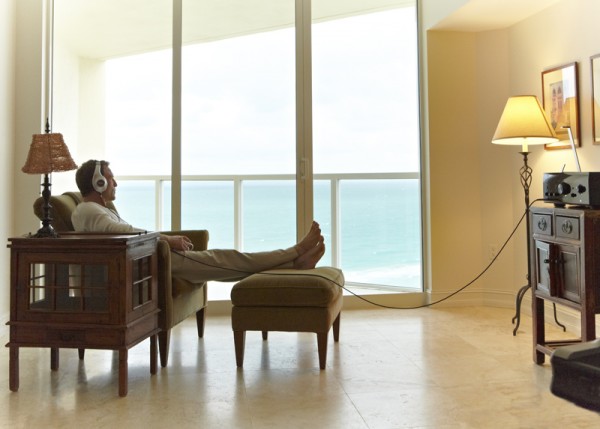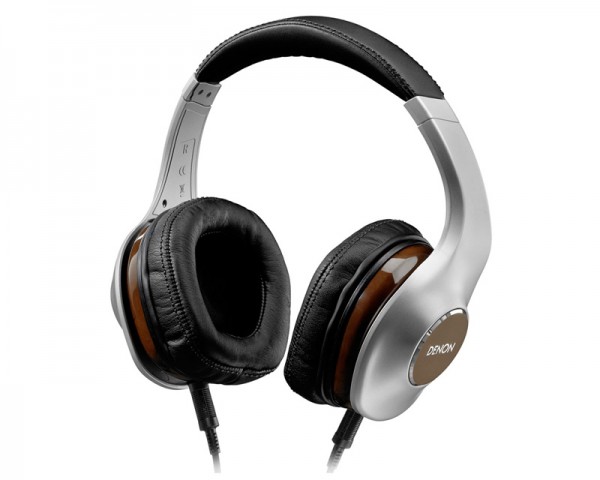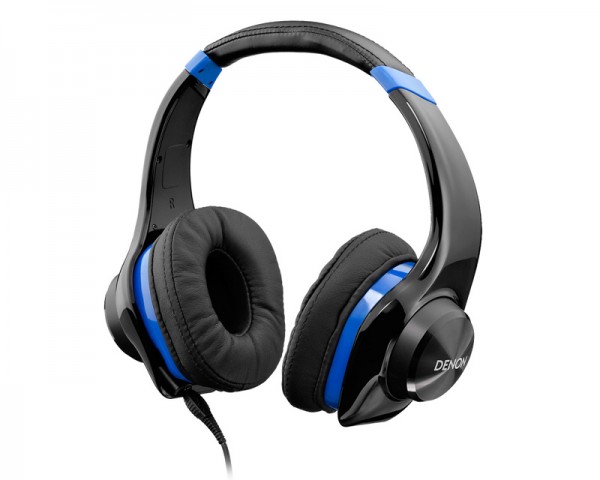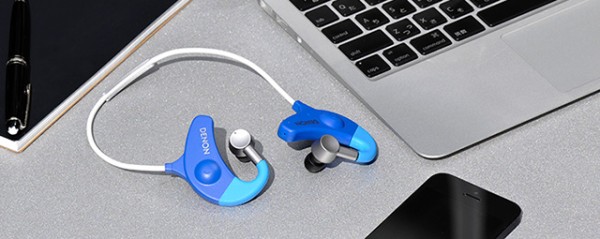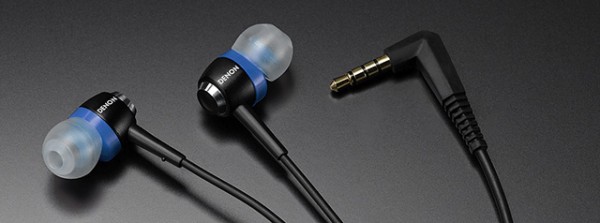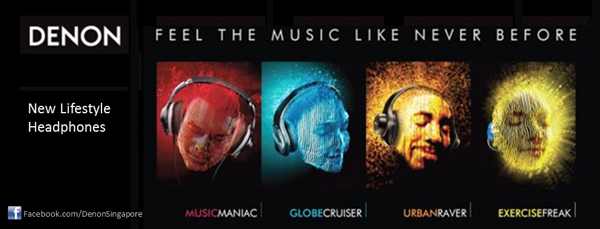Brought to you by Denon Singapore
With colourful, shiny options greeting you in stores today, you’re spoilt for choice when it comes to selecting a pair of headphones.
Yet, what sets one pair apart from another? What are the qualities that you should look for when you pick one for yourself? The first step is figuring out your priorities, and picking headphones that suit your usage best.
What’s good?
People listen to music for various reasons. Some use it as background audio while working. Others listen intently for the quality of music, hoping to get a better experience of a recorded music track.
If you belong to the latter group, you might already have in mind what you personally like. What if you are just starting to listen to music seriously?
The first thing to note is the type of music you love best. From there, you should look out for a pair of headphones that will perform well for your everyday listening.
There are several things to listen out for.
One of the first things you’ll want is detail. That is, the sound is not muffled and the little intricacies of a track, whether this is the bass guitar, triangle or other instruments, are clearly and separately audible. To test, you should play a track you’re familiar with and like.
Some headphones accentuate these fine detail too much. It’s like sharpening a photograph so much that it looks edged out and unreal. The same applies to music. By “playing up” some highlights too much, some headphones can be fatiguing after hours of listening.
Find out also how “real” the sound can be. It shouldn’t be “stuck” in your ears but be projected on a virtual stage in your mind. Similarly, you want to hear the various components of a band on stage, each positioned uniquely.
Do listen out for the various segments of the audio – the highs, mids and lows. Ask yourself if you are okay with the vocals (if you’re into jazz vocals, for example). Listen carefully to hear if the bass is tight, extended and controlled, rather than muddy and “all over the place”.
Fit and comfort
In all headphones, fit and comfort are very important. After all, if you can’t wear them happily, you can’t enjoy the music.
This is especially true for travellers. You may not have the luxury of selecting a pair of XL-sized headphones with comfortable padding, because you want your headphones easily packed away in your luggage, or for wearing on a crowded train, for example.
However, you still want to make sure your headphones can adjust to the contours of your head easily. Most, for example, will let you adjust the length of the headband to fit.
You might also want to select between an “open back” or closed option. Open back headphones are often said to have a more open and accurate sound.
The downside, of course, is that sound travels out too, so there is often leakage. The person standing next to you on the train may hear what you’re listening to as well.
Specialty features
What about features such as wireless or noise cancellation? They bring with them additional value, but make sure you are not picking these features unless you really use them.
Wireless, for example, will be useful in the living room, for when you’re watching a movie quietly when it’s late at night. It also does away with cables, which helps if you’re travelling on a crowded train.
As for noise cancellation, a similar question applies. How often, for example, would you be travelling on a plane where the feature will come in handy? Do you have to carry additional batteries, for example? Do consider all the trade-offs and benefits.
Do you need an amplifier?
Many portable headphones may not need a special amplifier to drive. In other words, your portable music player should be enough to move the drivers and produce sound without distortion or other issues.
Many headphones, however, do benefit from amplifiers, even small, battery-powered amplifiers that many enthusiasts carry along with their music player. There’s usually never a question of “too much power”.
Bigger headphones meant for home use often can sound better with a bit more consistent and ample amounts of current from a separate amplifier. The result is usually a more rounded sound, with better control in the top and bottom ends.
Whether you need an amplifier depends on how sensitive the headphones are. Always listen for any issues, such as distortion and a lack of control that may betray a lack of power to move the drivers inside each ear cup.
If you don’t fancy bringing a portable amplifier around town, make sure you buy a pair of headphones that sound great with your existing music player.
Knowing the limitations
There isn’t a pair of perfect headphones, because they all come with some pros and cons. Some will sound incredible, but are heavy to place on your head while moving around. Others might emphasise the bass too much – a common problem – while not offering a balanced, neutral sound.
As you listen more, perhaps your music tastes might change. You might also start to listen more intently to some songs and demand more than what your current set of headphones can offer. Then the buying cycle begins again.
As any audiophile will tell you, the journey has only begun with your first set of gear. Enjoy the music!
This article is brought to you by Denon Singapore. Check out other Denon guides on managing your digital music and how to stream and play it over various devices.
